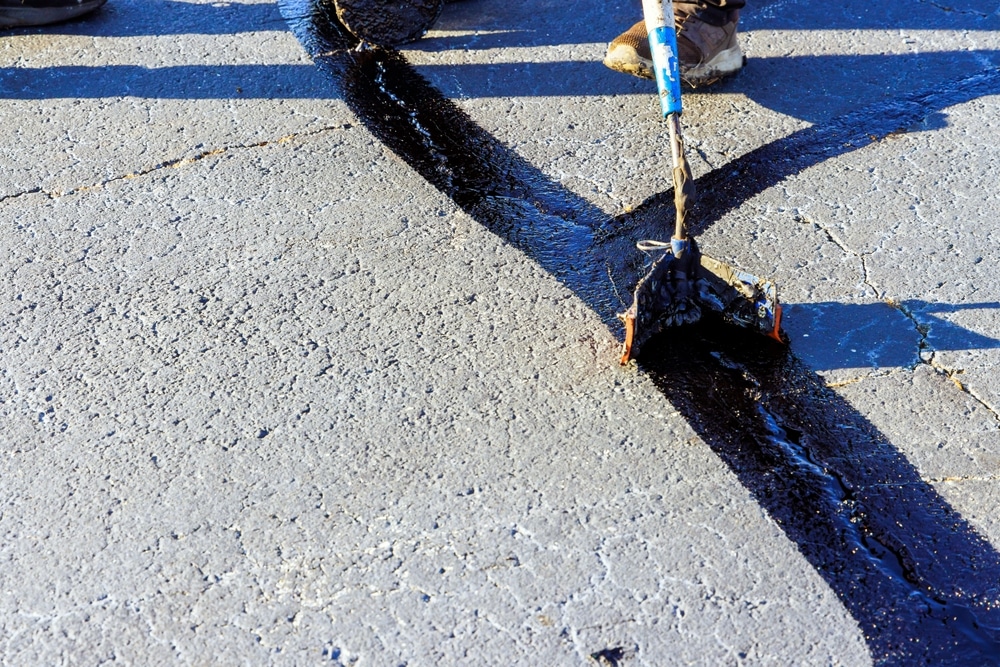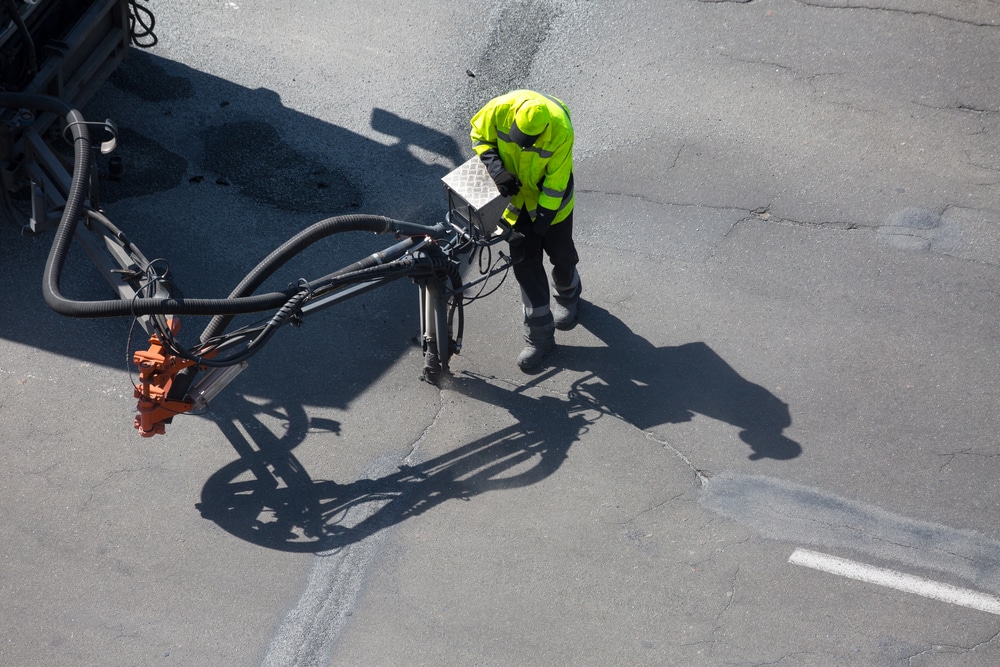There are several factors that will impact the longevity of any asphalt pavement surface on your property, and climate is absolutely one of them. In what different ways can climate’s effect on asphalt be seen, and what should you be considering regarding the climate when it comes to maintenance and upkeep for any asphalt surface?
At Asphalt Masters, we’re here to offer the best asphalt services available around Ogden, UT and nearby areas, from asphalt paving and asphalt maintenance to asphalt sealing and more. We regularly assist clients with identifying key factors that may impact the longevity of their asphalt surfaces, climate among them. Here are some ways climate’s effect on asphalt is typically visible, plus how to think about these effects as you care for your asphalt surfaces.
Varying Climate Zones and Asphalt Impact
Climate’s effect on asphalt will naturally vary depending on the area you live in and the kinds of climate conditions present there. Some examples include:
Freeze-Thaw Areas
Some of the most common climate features found in Ogden and nearby areas that may impact your asphalt are freeze-thaw cycles. During the winter months, repeated cycles of freezing and thawing can cause damage to asphalt surfaces.
To combat this effect, regular maintenance such as crack sealing and sealcoating can help prevent water from seeping into cracks and causing further damage during these freeze-thaw cycles.
Dry Heat
Another notable feature of many areas of Utah, including Ogden, is extremely dry heat during the summer months. This can cause the asphalt to become brittle and prone to cracking if not properly maintained.
To avoid this, regular sealcoating and crack sealing can help protect the asphalt from the effects of dry heat. In addition, using lighter colored paving materials or adding shade structures can also help reduce heat absorption and extend the lifespan of your asphalt.
Snow Plowing
With its location in a mountain valley, Ogden is known for receiving heavy snowfall during the winter months. While this may be great for skiing and other winter activities, it can take a toll on your asphalt surfaces.
Snow plows and salt used to melt ice on roads can damage asphalt by scraping off surface layers and weakening the pavement. To prevent this, it is important to properly maintain your asphalt surfaces before and after the winter season.
Wet Regions
For especially wet regions, proper drainage is crucial for maintaining the integrity of your asphalt surfaces. Without proper drainage, water can seep into cracks and potholes, causing them to expand and deteriorate over time.
To combat this issue, it is important to regularly inspect and clean any existing drainage systems on your property. In addition, consider installing additional drains or catch basins to redirect excess water away from your asphalt surfaces.
Material Considerations Based on Climate
If you’re planning new asphalt surfaces, there are a few material and mixing considerations that should be kept in mind – and these may relate to your climate in some ways as well. Some examples:
- Mix type: Asphalt mixes come in different gradations of aggregate size, binder type and other properties. For colder climates, a coarser mix with larger aggregates is usually recommended to resist cracking from freeze-thaw cycles.
- Binder content: The binder in an asphalt mix is the material that holds everything together. It can be either bitumen or tar, but for colder climates, a higher percentage of bitumen tends to make for more durable surfaces.
- Modifiers: Some mixes may include modifiers like polymers or fibers to improve strength and flexibility. These can be especially useful in areas where the ground freezes and thaws frequently.
- Thickness: Another important factor that may relate to climate is the thickness of an asphalt surface. In colder climates, a thicker layer of asphalt may be necessary to prevent cracking and damage from freeze-thaw cycles.
Factoring Climate Into Your Consultation
If you’re obtaining a consultation for an asphalt project, it’s important to consider the climate of your area and how it may affect the materials and construction process. For instance, if you live in a region with harsh winters, you may need to opt for a thicker layer of asphalt or consider alternative materials that are more resilient to freezing temperatures. On the other hand, if you live in a warmer climate, you may have more flexibility when it comes to choosing materials and construction methods.
Additionally, consulting with an experienced contractor who is familiar with your area’s climate can also help ensure that your project will be durable and long-lasting. They can offer valuable insights and suggestions on how to best adapt your project based on the specific conditions of your region. Ultimately, taking into account the climate of your area during the consultation process can help prevent potential issues and save time and money in the long run.
At Asphalt Masters, we’re here to help clients around Herriman and Draper manage any climate effects on asphalt surfaces on their properties. Contact us today for these or any of our other asphalt services!




